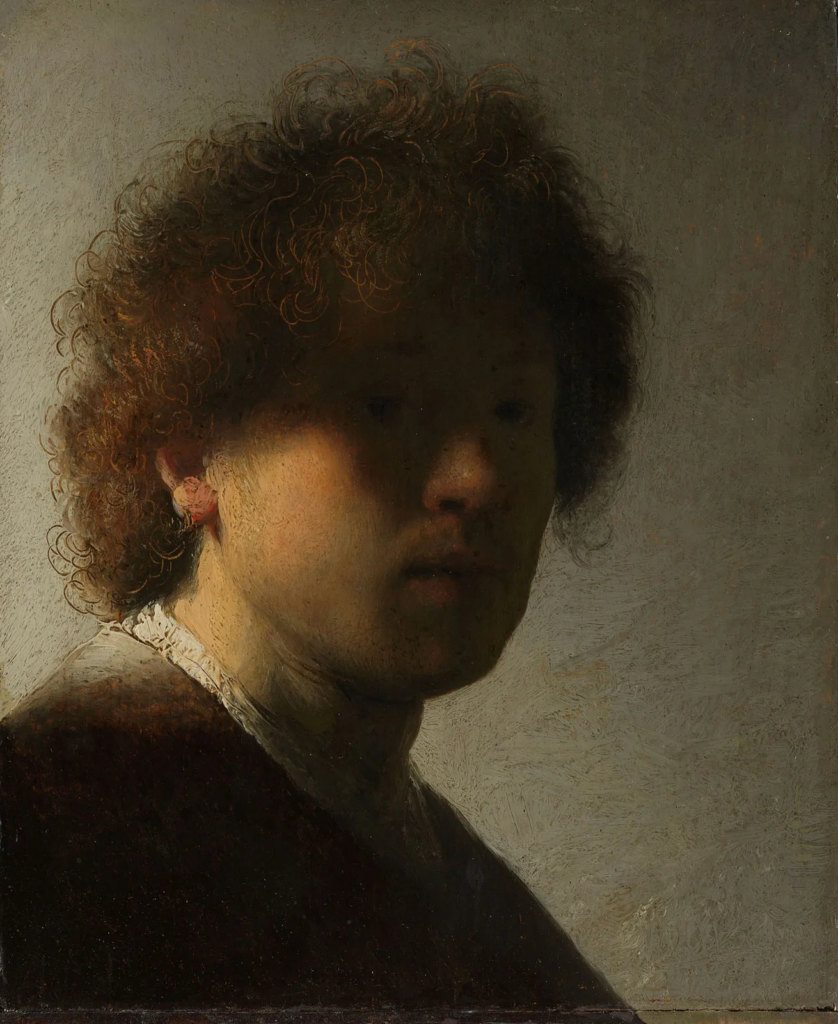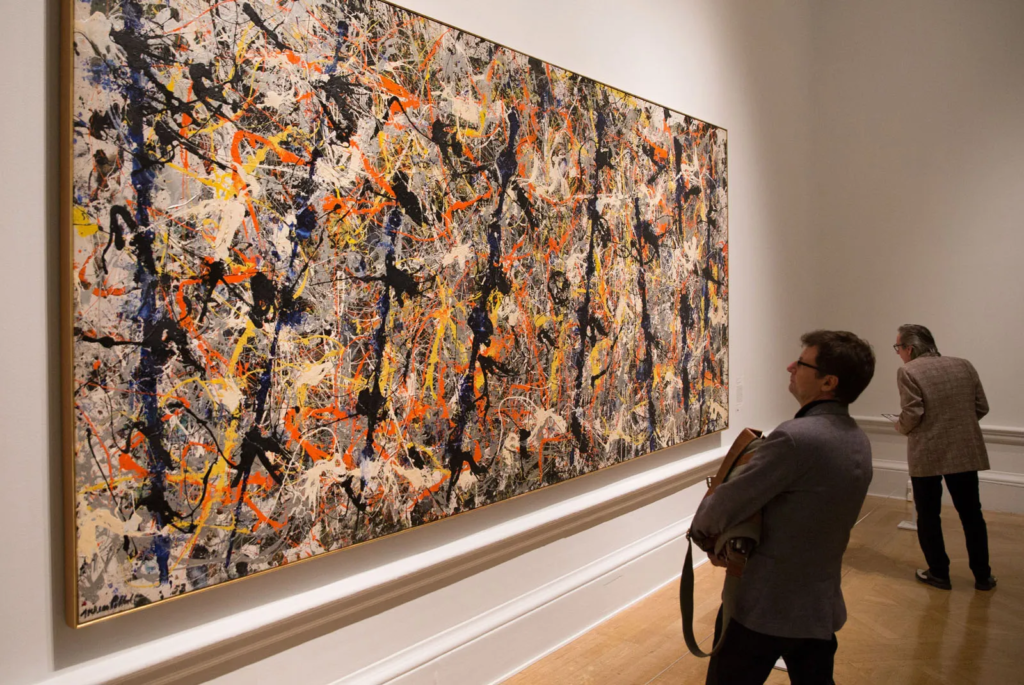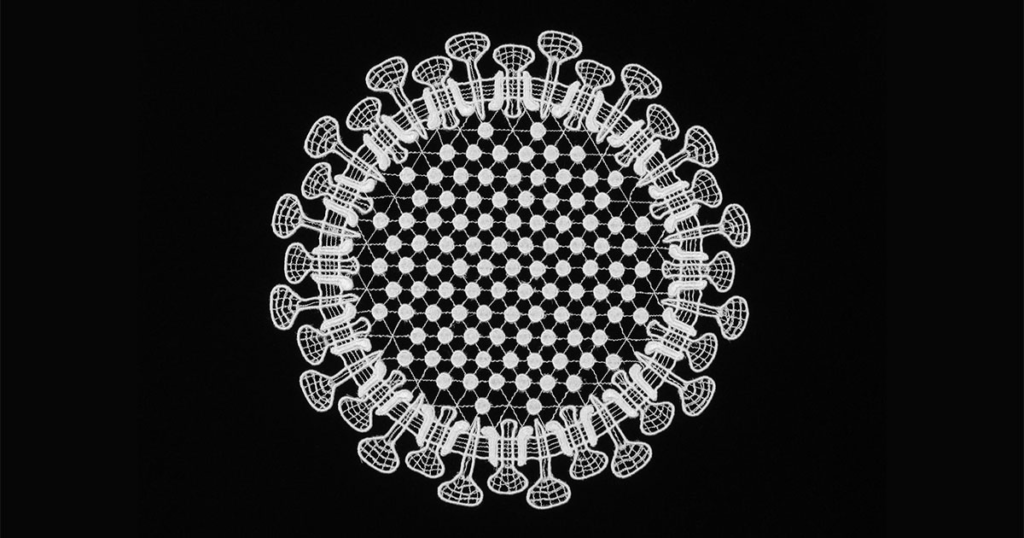Observe, Seek, Challenge:
“The human desire to seek and explore the unknown has driven artists to look for fresh Inspiration throughout the centuries, compelling them to find diverse subject matter and experiment with new materials.”
- Historical influences remain at the core of what we create now – Cave paintings such as within the caves of Ajanta and Chauvet, influenced Pablo Picasso, upon visiting cave paintings at Altamira he went on to say ‘In 15,000 years we have invented nothing’. The way we create reactions to art, through an artists “Accuracy of Observation” shows how we find satisfaction in what we have. with famous painters such as Rembrandt, he mirrors reality with his hyper-realistic paintings.

Rembrandt, Self portrait, 1628.

Cave paintings of Ajanta, Illustrated well over 15,000 years ago.
Looking at the contemporary artist, Banksy, he explores the question on the irony and expense of erasing Graffiti, whilst prehistoric examples are preserved. At what point is graffiti considered worthy of protecting? and should art both “professional” like Rembrandts realist artworks and contemporary pieces such as Banksy, be held in the same regard.

Banksy, Cave Painting Removal, May 2008.
- Soviet Avant Grande, propaganda posters influencing modern graphic design. Furthermore, shows how art depicts ideological ideas/movements. This shows how art can seek involvement, and engagement through encouragement for a cause, which in this case is political. This is still used today through various mediums such as promotional graphics for day-to-day necessity’s.

G.Pavlov – CCSP Proletarian Brigade, Lenningrad, 1976.
- Art connects the minds of its creator to its outcome. Jackson Pollock for example uses body movements to create his surrealist paintings. “The Search to unravel the working of the Human psyche and understand the very nature of consciousness has often inspired artists”.

Jackson Pollock, ‘Blue Poles’ , 1952.
Another artist, Laura Splan, collaborated with scientists to create lace sculptures of accurate depictions of microscopic virus’s. This to me, shows their deeper connection with the world we observe, seek and challenge.

Laura Splan, Doilies (SARS, HIV, Influenza, Herpes, Hepadna), 2004.
- Documentative photographers often venture to dangerous locations to capture rare and often unseen images. These dangerous locations often include places such as war zones, where the heat of battle has only now become truly documented through modern advancements such as the camera. Artists such as Robert Capa, are well known for their photographic involvement in major historical events, observing them through a lens.

Robert Capa, D-Day – Omaha Beach, 1944.
- Artists can be experimental with their work, choosing to challenge the conventional ideals of what art can be defined as. Like Banksy, The Artist and Photographer, Ai Weiwei is a strong example of this through his contemporary work, often with a simple action but underlined with deeper meanings.

Ai Weiwei, Study of Perspective, 1999.
